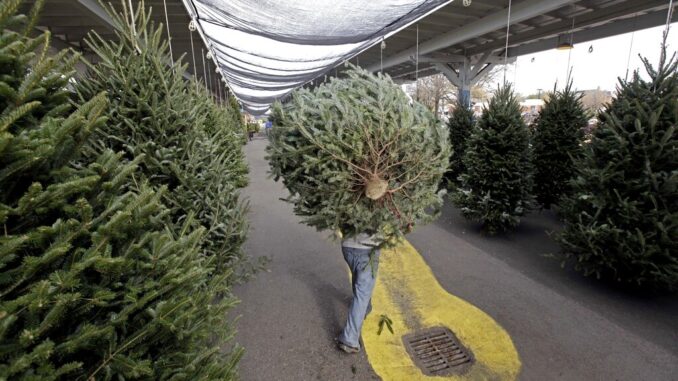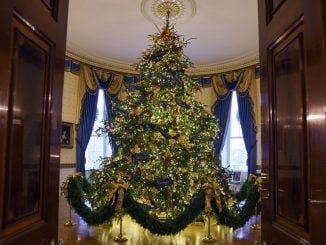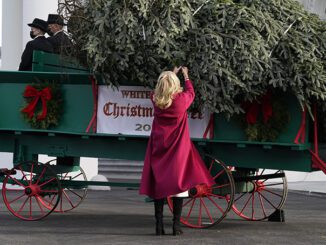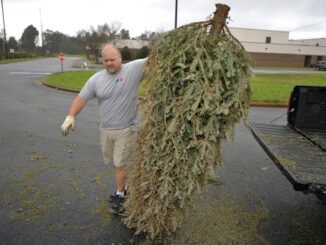
For all the worries about inflation and the economy, Americans aren’t scrimping on a centerpiece of many celebrations this holiday season: the Christmas tree.
Retailers from Home Depot and Lowes to mom and pop operations raised their prices on trees — but people are still buying them.
Some Christmas tree growers fretted over external factors — high fuel, fertilizer and labor costs — only to rediscover that holiday greenery is largely inflation-proof, even as Americans cut back on retail spending last month.
A survey of 55 of the nation’s largest Christmas tree wholesalers indicated virtually all of them intended to raise prices, with most wholesale cost increases in the 5% to 15% range — but with some increases reaching 21% or more, according to the Real Christmas Tree Board in Howell, Michigan, which conducts marketing and research for the industry.
But another survey indicated 85% of people feel Christmas trees are worth it despite price increases, the board said.
That suggests a tree — whether real or artificial — remains a requisite part of the holiday tradition, along with Christmas toys, cards and carols, and ugly sweaters.
Like individual traditions, the types of trees and local market conditions can vary.
In the end, nearly 21 million live Christmas trees will be sold by the time consumers wrap up purchases over the final days leading up to Christmas Day, putting sales on par with last year’s strong performance, according to Jill Sidebottom of the National Christmas Tree Association.




